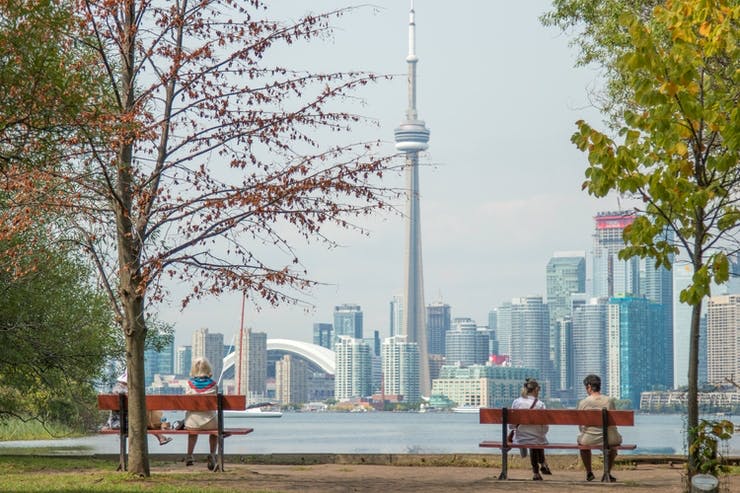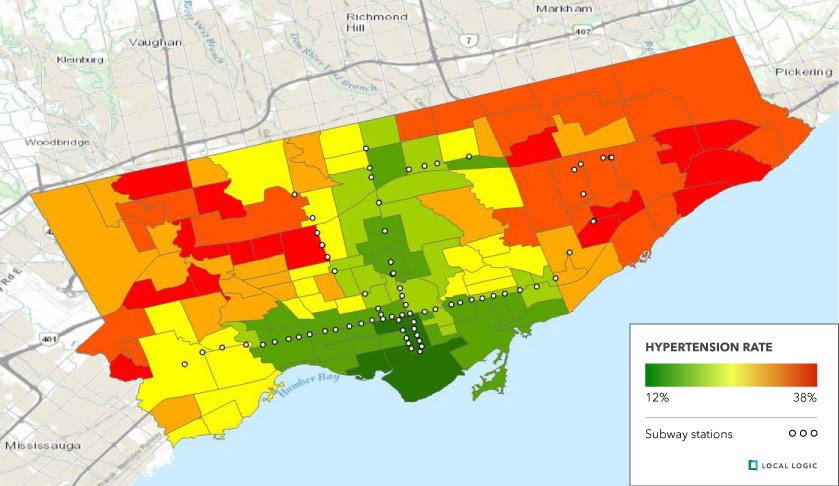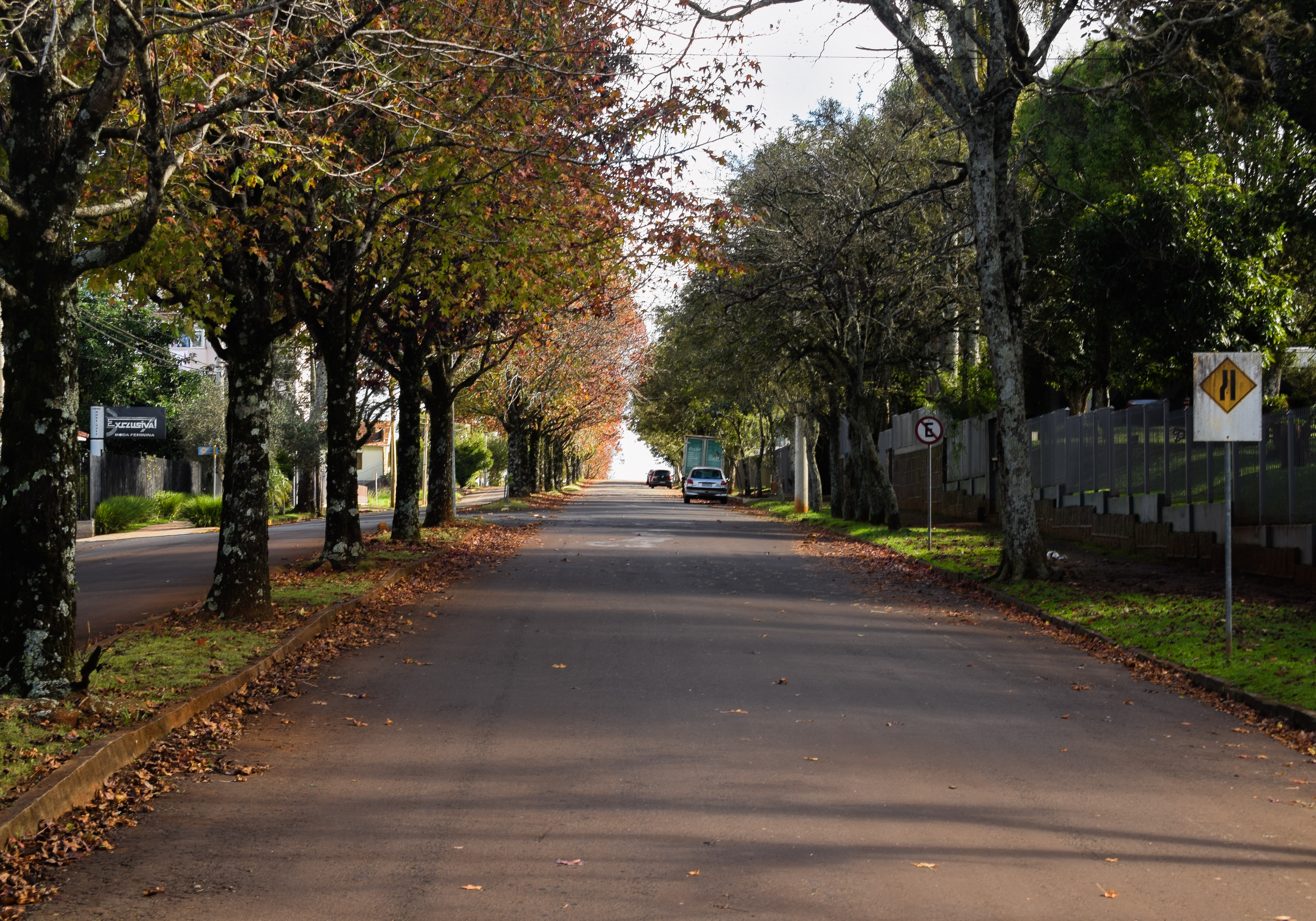Final Offer Expands Listing Insights for Agents & Consumers with Integration of Neighborhood Market & Lifestyle Reports from Local Logic
Partnerships
| 09 Jun 2025

It’s been long established that location is a critical factor in the value of real estate. You don’t need to convince anyone here at Local Logic about that; the real estate industry is our biggest client. But few people realize that where you live might give you more than just steady appreciation on your home: it might give you more years on your life.
Consider hypertension, a.k.a. high blood pressure. It’s linked to almost a fifth of all deaths worldwide, via its role in diseases ranging from coronary artery disease to strokes to dementia. Fortunately, the scientific consensus is that hypertension can be significantly reduced by leading a healthier lifestyle. And it turns out that where you live is a major predictor of your lifestyle.

As part of the MaRS Healthy Neighbourhoods Data Challenge, we ran a study on the link between a wide variety of location characteristics and hypertension. We examined the data in Toronto, where hypertension rates in some neighbourhoods are over triple that of others. In the end, we were able to predict the prevalence of hypertension, with an accuracy of 96%, for any neighbourhood, subdivision, or individual street.

What were the biggest individual location factors? Beyond the usual demographic suspects, i.e. age makes it worse and wealth makes it better, we found that reducing your risk of hypertension came down to the tried-and-true formula for healthier living: better diet, more exercise, less stress.
In the diet category, our statistical models showed that having a greater proportion of restaurants nearby that offer healthier food options, such as vegetarian and organic choices, significantly reduced hypertension rates. Similarly, having a higher proportion of restaurants serving less healthy options, such as fried food and pub fare, increased hypertension—although fortunately for anyone who enjoys a tasty burger, the effect was smaller.

In the exercise category, how you get to work has a major impact on hypertension. Neighbourhoods where more people commute by walking and cycling had greatly reduced rates of the condition, as did places that were close to subway stations and frequent bus routes. Commute times were another factor. Locations where with extra-long and extra-short commutes typically saw elevated rates. We weren’t expecting short commutes under 15 minutes to be problematic. But it makes sense: even if you’re walking or cycling, 15 minutes is barely enough time to get the blood flowing before you’re back on your rear at a desk.

Lastly, in the stress reduction category, we found that having more trees in a neighbourhood decreases rates of hypertension. From an engineering perspective, it may be easy to dismiss street trees as mere decoration, but it’s becoming increasingly apparent that there are significant health benefits to living in a greener environment, and with that, longer lifespans and reduced healthcare costs.

In short, the places where we live have a massive impact on our lifestyles. The shops and restaurants that are nearby are likely to be the ones we frequent. The population density of the neighbourhood will determine whether there will be jobs within walking distance or efficient public transit to take us to them. And being surrounded by greenery, or being deprived of it, will subliminally improve, or worsen, our mental state.
So, the next time you move houses, don’t just think about the cost to your wallet—think about the cost to your health.
When looking for a new place to live, you can rely on our products, such as Local Maps, to quickly identify which neighbourhoods are the healthiest. Select Local Logic’s pedestrian-friendly, transit-friendly, and greenery scores in the widget below. Click on “Lifestyle” on the top left corner to toggle layers and activate the heatmap.
Curious about how a neighborhood (or city!) might fare?
Try the Insights Atlas to get in-depth location insights on any neighborhood, city, or address in the US and Canada.